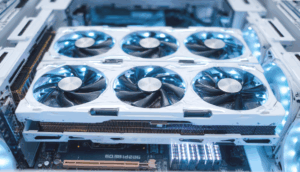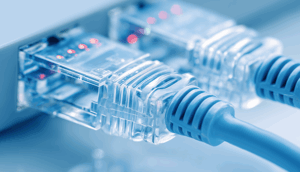In the intricate tapestry of modern industrial and medical environments, reliable data communication forms the backbone of efficient operations. While much attention is often given to sophisticated software and advanced machinery, the humble industrial data communication cable frequently goes unnoticed, despite its crucial role. These cables, engineered for robust performance in harsh conditions, are responsible for transmitting critical data between sensors, actuators, programmable logic controllers (PLCs), and other vital components of industrial networks. Understanding the different types of industrial data communication cables, their specific applications, and the key considerations for selection and maintenance is paramount for ensuring optimal system performance and minimizing downtime.
One of the primary distinctions between industrial and commercial-grade data cables lies in their construction. Industrial cables are designed to withstand extreme temperatures, exposure to chemicals and oils, continuous flexing, and electromagnetic interference (EMI). Shielding is a critical aspect, often involving multiple layers of foil and braid to protect data signals from external noise. The jacket material, typically a rugged polymer like polyurethane (PUR) or thermoplastic elastomer (TPE), provides abrasion resistance and protection against environmental degradation. Furthermore, conductor materials are often selected for their superior conductivity and durability, such as tinned copper or even silver-plated conductors in high-performance applications. Selecting the correct cable based on the specific environmental conditions is crucial for long-term reliability. Factors to consider include temperature ranges, exposure to chemicals, and the degree of mechanical stress the cable will experience.

Several types of data communication cables are commonly used in industrial and medical settings, each with its own strengths and weaknesses. Ethernet cables, conforming to the IEEE 802.3 standard, are ubiquitous due to their high bandwidth and widespread availability. Industrial Ethernet cables are specifically designed for harsh environments and often feature enhanced shielding and robust jackets. Serial cables, such as RS-232, RS-485, and RS-422, remain prevalent for connecting legacy equipment and for applications requiring long-distance communication. Fiber optic cables offer immunity to EMI and can transmit data over considerable distances, making them suitable for applications where electrical interference is a concern or where network segments are geographically separated. Finally, fieldbus cables, such as Profibus and CAN bus, are specifically designed for real-time communication in industrial automation systems. Choosing the appropriate cable type depends on the specific requirements of the application, including data rate, distance, and the communication protocol used by the connected devices.
Proper installation and maintenance are essential for ensuring the longevity and reliability of industrial data communication cables. Cable routing should avoid sharp bends or excessive tension, which can damage the conductors or shielding. Cable trays and conduits should be used to protect cables from physical damage and environmental exposure. Regular inspections should be conducted to identify signs of wear and tear, such as frayed jackets or damaged connectors. Proper grounding is also critical for minimizing the impact of EMI. Testing cable performance with a cable analyzer can help identify potential problems before they lead to system failures. A proactive approach to cable management can significantly reduce the risk of downtime and improve overall system performance.
The future of industrial data communication cables is being shaped by the increasing demands of Industry 4.0 and the Industrial Internet of Things (IIoT). The need for higher bandwidth, faster data rates, and greater reliability is driving innovation in cable design and materials. Emerging technologies, such as single-pair Ethernet (SPE), are enabling the connection of more devices to industrial networks while reducing cable size and weight. Wireless technologies, such as 5G, are also playing an increasingly important role in industrial communication, offering greater flexibility and mobility. However, wired cables will continue to be a critical component of industrial networks, particularly in applications where reliability and security are paramount. As industrial and medical environments become increasingly complex and interconnected, the importance of robust and reliable data communication cables will only continue to grow.
